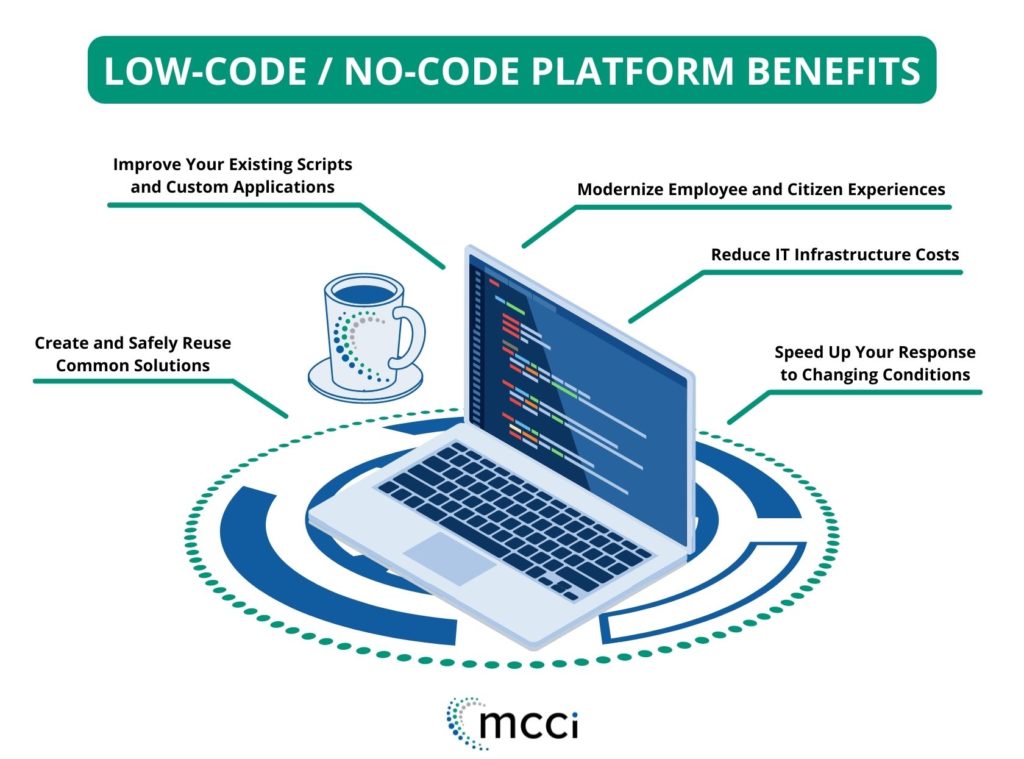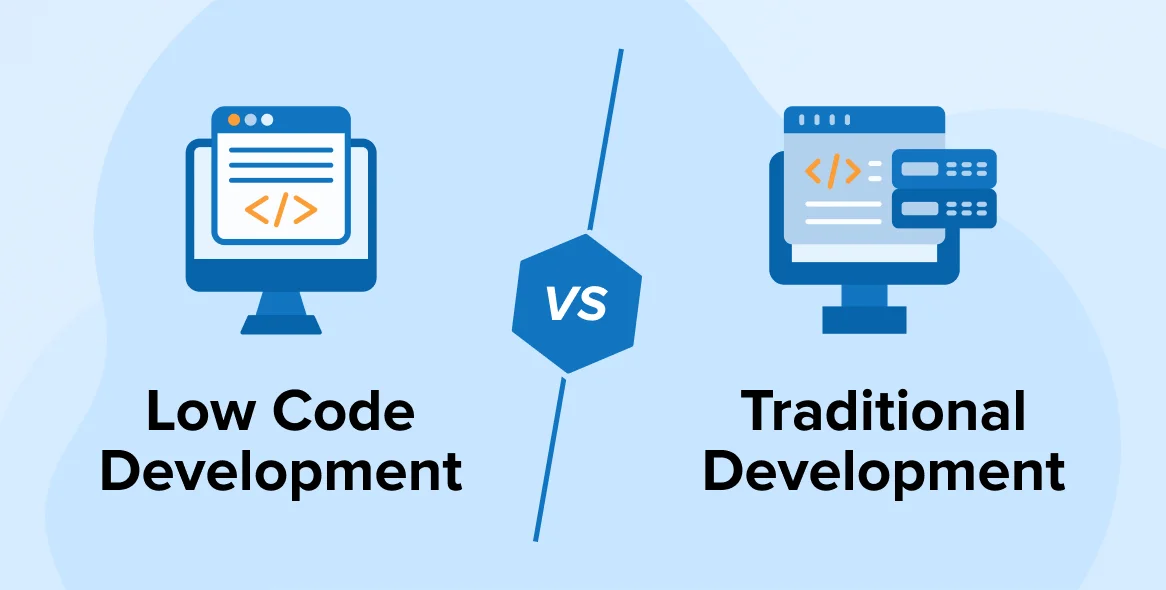Introduction
In today’s fast-paced digital landscape, managing digital transformation is essential for businesses seeking to stay competitive and efficient. Digital transformation involves integrating digital technologies into all aspects of an organization, fundamentally changing how it operates and delivers value to customers. This process requires a well-planned strategy, leadership commitment, and a focus on innovation.
In this article, we’ll explore what managing digital transformation entails, its core pillars, key focus areas, and the 4 P’s that drive successful implementation.
What is Managing Digital Transformation?
Managing digital transformation refers to the process of overseeing and implementing technological advancements in an organization to improve operations, enhance customer experiences, and drive business growth. It involves a combination of:
- Strategic planning to align digital initiatives with business objectives.
- Technology adoption to streamline processes and increase efficiency.
- Cultural change to foster innovation and adaptability among employees.
- Data-driven decision-making for optimized business performance.
Effective management of digital transformation ensures businesses remain agile and resilient in a rapidly evolving technological environment.
The 5 Pillars of Digital Transformation
To successfully navigate digital transformation, organizations must focus on five key pillars:
1. Customer Experience
Enhancing customer interactions through digital tools such as AI-driven chatbots, personalized marketing, and omnichannel support improves satisfaction and loyalty.
2. Operational Agility
Embracing automation, cloud computing, and agile methodologies helps businesses respond quickly to market changes and operational challenges.
3. Culture and Leadership
A strong digital culture, supported by leadership that champions innovation, fosters an environment where employees adapt to new technologies with ease.
4. Workforce Enablement
Providing employees with digital tools, training, and upskilling opportunities ensures they can effectively contribute to transformation initiatives.
5. Data and Analytics
Leveraging data analytics, AI, and machine learning enables businesses to make informed decisions and enhance operational efficiency.
The 4 Main Areas of Digital Transformation
Digital transformation encompasses four primary areas that drive business success:
1. Business Process Transformation
Automating workflows, implementing ERP systems, and utilizing AI-powered analytics improve efficiency and productivity.
2. Business Model Transformation
Companies reimagine their revenue streams by leveraging digital platforms, subscription-based services, and e-commerce solutions.
3. Domain Transformation
Businesses expand into new markets or industries by adopting innovative technologies like IoT, blockchain, or cloud computing.
4. Cultural/Organizational Transformation
A shift in mindset, digital training programs, and a commitment to continuous learning create a culture that embraces change.
The 4 P’s of Digital Transformation
For a structured and successful transformation, organizations should focus on these four essential elements:
1. People
Employees, customers, and stakeholders must be aligned with digital initiatives. Leadership plays a crucial role in fostering digital readiness and innovation.
2. Processes
Optimizing business processes through automation, cloud-based solutions, and AI-driven tools enhances productivity and efficiency.
3. Platforms
Choosing the right digital platforms, such as CRM software, data analytics tools, and e-commerce solutions, is vital for transformation success.
4. Performance
Tracking key performance indicators (KPIs) like customer engagement, operational efficiency, and revenue growth ensures transformation goals are met.
Best Practices for Managing Digital Transformation
To successfully manage digital transformation, businesses should follow these best practices:
✔ Develop a clear strategy aligned with long-term business goals.
✔ Secure leadership support to drive change and allocate resources effectively.
✔ Invest in the right technology that aligns with business needs.
✔ Encourage employee participation through training and digital literacy programs.
✔ Measure progress continuously using data analytics and feedback loops.
Conclusion
Managing digital transformation is a continuous journey that requires strategic planning, cultural shifts, and the integration of advanced technologies. By focusing on the key pillars, areas, and P’s of transformation, businesses can create a future-ready organization that thrives in the digital age.
Would you like assistance in optimizing this article further for SEO, such as incorporating LSI keywords, meta descriptions, or internal linking strategies? Let me know how I can refine it! 🚀









